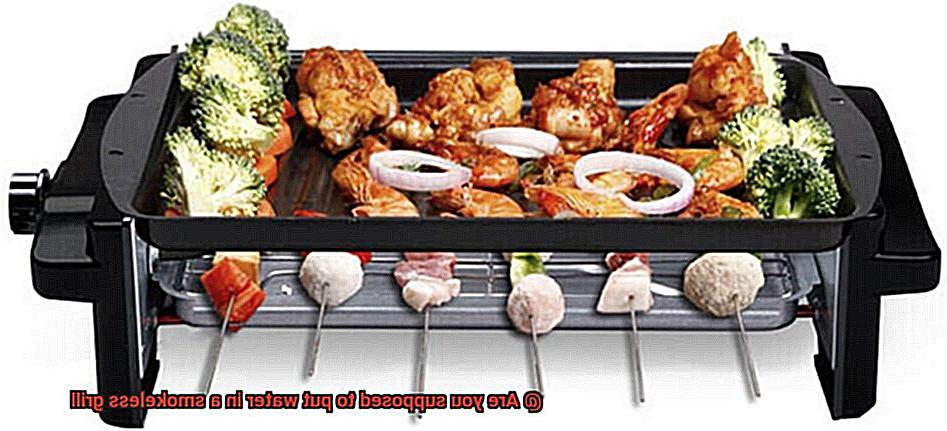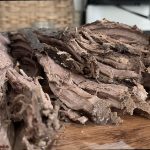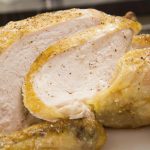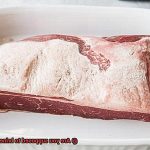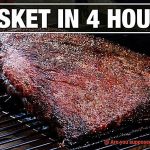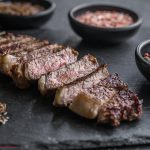Grilling is more than just a way to cook food; it’s a social experience that brings people together. With the advent of smokeless grills, indoor grilling has never been easier – no charcoal or gas needed. Smokeless grills are perfect for those times when the weather outside is less than ideal. But like any other cooking method, there are rules to follow. One question we often get asked is: “Are you supposed to put water in a smokeless grill?”
The answer isn’t as simple as yes or no. Some experts say that water can prevent food from sticking and reduce flare-ups, while others argue that adding water can damage the grill’s heating element. So what’s the truth?
In this blog post, we’ll delve into the pros and cons of using water in your smokeless grill. We’ll explore how it can enhance your grilled food’s flavor and prevent flare-ups from ruining your meal. We’ll also discuss why too much water can cause problems and whether it’s even necessary to add water at all.
Whether you’re new to grilling or an experienced pro, read on to learn everything you need to know about adding water to your smokeless grill.
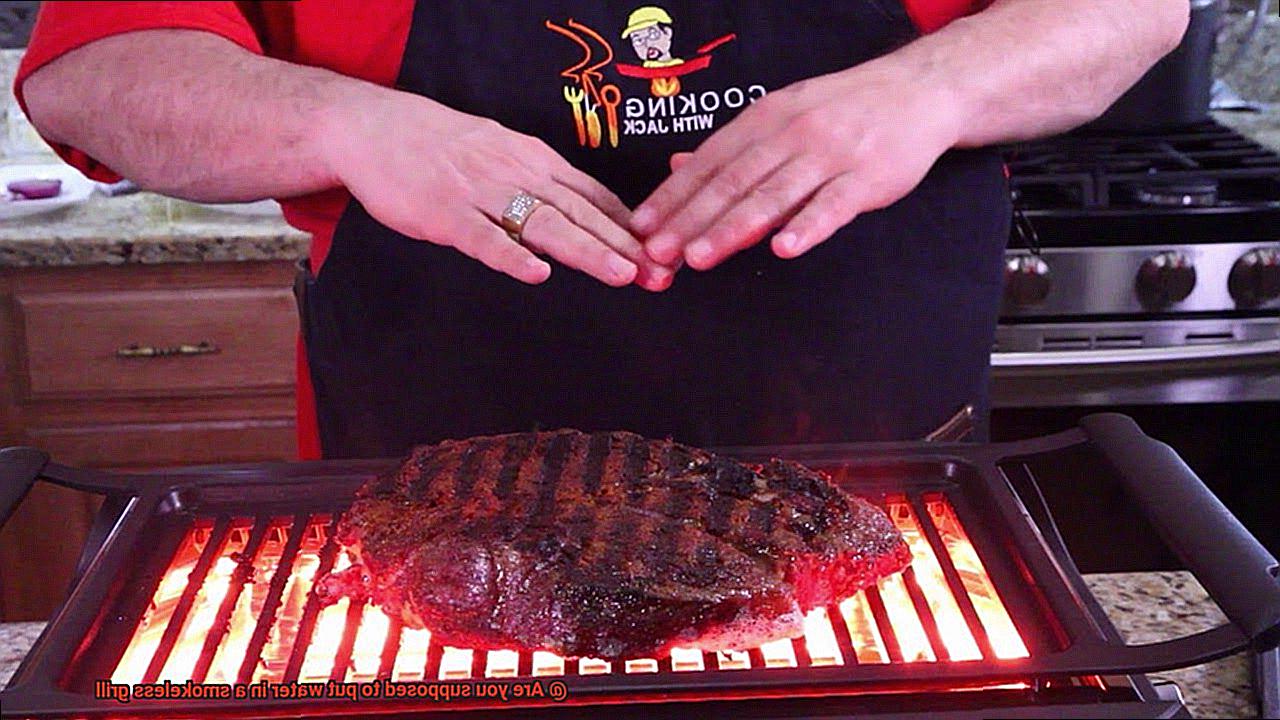
Contents
What Is A Smokeless Grill?
If you’re looking for a way to grill indoors without filling your home with smoke, a smokeless grill might just be the perfect solution. These indoor grills use an electric heating element and built-in fan system to reduce the amount of smoke produced during cooking, allowing you to enjoy grilled food without any of the hassle.
One of the most significant advantages of a smokeless grill is that it allows you to grill indoors, even in areas where outdoor grilling is prohibited. Whether you live in an apartment or simply prefer the convenience of cooking inside, a smokeless grill can help you achieve that delicious grilled flavor without any of the drawbacks.
But the benefits don’t end there. Here are some additional advantages of using a smokeless grill:
- Healthier Cooking: Smokeless grills typically require less oil than traditional grills thanks to their non-stick surfaces. This means you can prepare healthier, lower-fat meals without sacrificing flavor.
- Versatility: Smokeless grills come in many different sizes and models, from small tabletop versions to larger units with advanced features like temperature control and adjustable cooking surfaces. This makes them incredibly versatile tools for indoor cooking.
- Easy Cleanup: Smokeless grills are easy to use and even easier to clean, making them a great option for busy individuals who don’t have a lot of time to spend in the kitchen.
When using a smokeless grill, it’s important to note that whether or not you should add water depends on the type of grill you have. If you’re using an electric grill with a drip tray, there’s no need to add water. But if you’re using a charcoal or gas grill, adding water can help reduce smoke production. Ultimately, the decision is up to you and your personal preferences.
Types of Smokeless Grills
Smokeless grilling has become increasingly popular for its convenience and ability to allow people to enjoy delicious grilled food without filling their homes with smoke. There are several types of smokeless grills available on the market, each with unique features and benefits. Here are five subtopics to help you understand the different types of smokeless grills.
Electric Grills
Electric grills are easy to use and perfect for indoor grilling. They heat up quickly and evenly, resulting in perfectly cooked food every time. Some electric grills even come with temperature controls, allowing you to adjust the heat as needed. They do not produce any smoke, making them ideal for those who live in apartments or condos. Electric grills are also easy to clean and maintain.
Infrared Grills
Infrared grills use infrared technology to heat up the grill plates and cook your food. They produce minimal smoke, making them ideal for indoor grilling. Infrared grills also provide a more intense heat that results in a juicier and more flavorful meal. They are also energy-efficient and can save you money on your electricity bill.
Charcoal Grills
Charcoal grills use charcoal briquettes or lump charcoal to cook your food. They do produce smoke, but there are smokeless options available that use a fan system to suck in the smoke and filter it out. Charcoal grills provide a smoky flavor that cannot be achieved with electric or infrared grills. They are also great for outdoor cooking and give you the opportunity to enjoy the outdoors while cooking.
Gas Grills
Gas grills use propane or natural gas as a fuel source, and they are easy to use and produce minimal smoke. They also provide a similar flavor to charcoal grills without the hassle of dealing with charcoal or cleaning up ash. Gas grills are also versatile and can be used for cooking a variety of foods.
Propane Grills
Propane grills are similar to electric grills in that they are easy to use and heat up quickly. However, they require a propane tank as a fuel source and may not be as environmentally friendly as electric grills. Propane grills are also portable and can be taken on camping trips or used for outdoor events.
Why Put Water In a Smokeless Grill?
Grilling is a cherished activity for many, but the smoke that comes with it can be a real buzzkill. Fortunately, smokeless grills have come to the rescue, allowing you to relish perfectly cooked food without filling your home with smoke. However, did you know that adding water to your smokeless grill can take things up a notch? As an expert on this topic, let me share with you why.
Firstly, adding water to your smokeless grill helps reduce smoke. This is because the water acts as a barrier between your food and the heat source, preventing flare-ups and excessive smoke. This feature is particularly useful when grilling fatty meats such as burgers or steaks, where the fat can drip onto the heat source and cause a smoky mess.
But that’s not all – adding water to your grill also keeps your food moist. As the water heats up, it creates steam that helps prevent leaner cuts of meat from drying out quickly. This results in juicy, tender meat that will make your taste buds sing with joy.
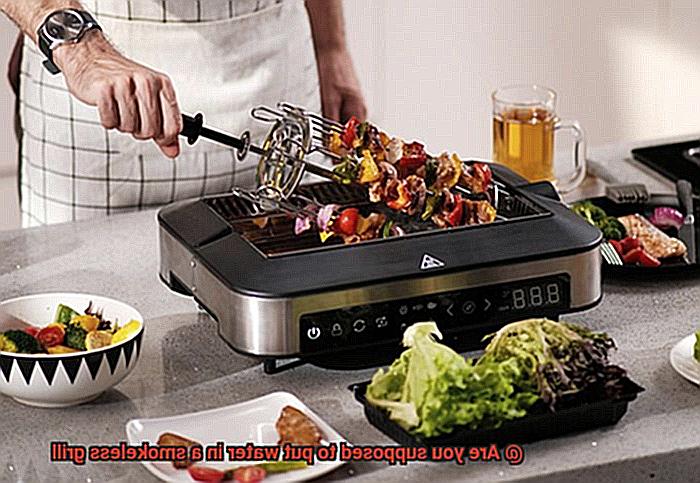
Additionally, using water in your smokeless grill can help regulate temperature. By adding water, you create a heat sink that absorbs heat from the grill and distributes it evenly throughout the cooking surface. This prevents hot spots and ensures that your food cooks evenly.
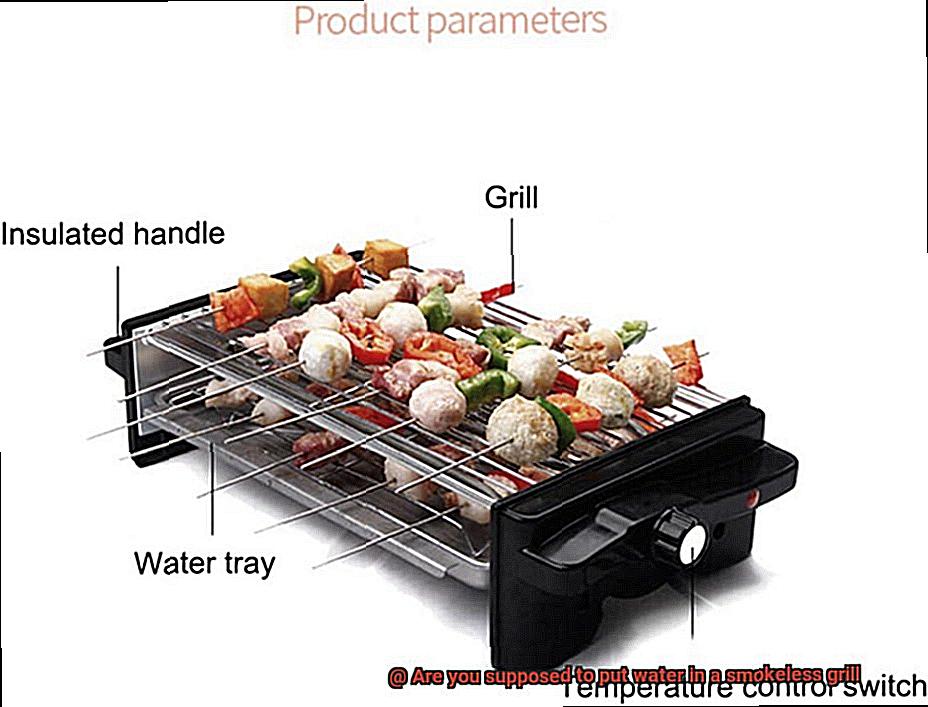
In summary, adding water to your smokeless grill is not only beneficial but also a useful tool in your grilling arsenal. Below are some key benefits of using water in a smokeless grill:
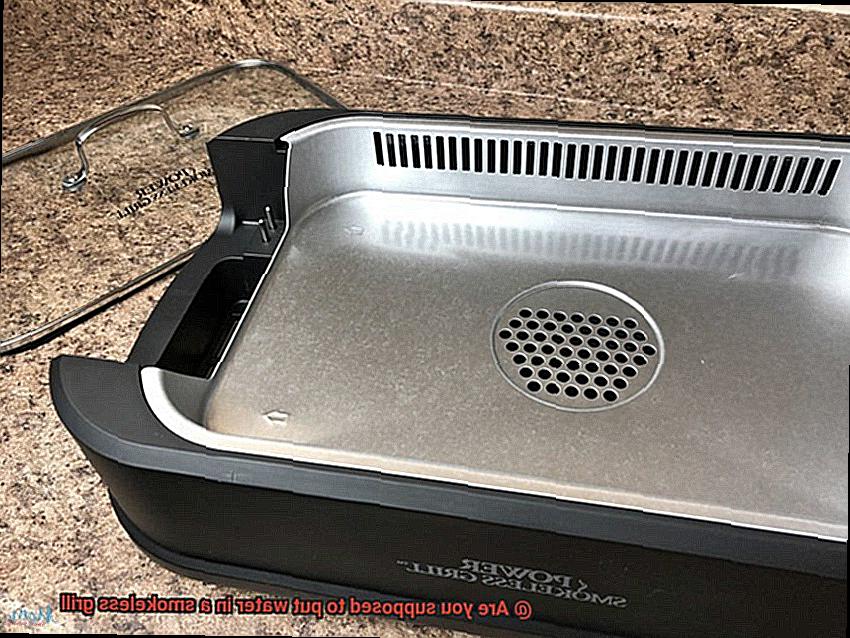
- Reduces smoke
- Keeps your food moist
- Regulates temperature
Electric Smokeless Grills
If you’re a fan of grilling, but don’t want the hassle of charcoal or gas, then electric smokeless grills might be the perfect solution for you. These handy devices are becoming increasingly popular among home cooks and outdoor enthusiasts alike, as they offer a convenient and easy way to cook food without the smoke and mess associated with traditional grills.
One of the major benefits of electric smokeless grills is that they produce less smoke than traditional grills, making them ideal for indoor use. Plus, they’re easy to clean and maintain, which is a big plus for anyone who wants to enjoy delicious barbecue without all the hassle.
When it comes to adding water to your electric smokeless grill, there are a few things you need to know. First off, not all models are designed to be used with water, so it’s important to consult the manufacturer’s instructions before attempting to do so. However, some models come with a designated water tray that is specifically designed for catching grease and drippings from the food being cooked.
Using a water tray can help reduce smoke even further and keep your food moist while it’s cooking. If your grill comes with a designated water tray, it’s definitely safe and recommended to use it during cooking. However, if your grill doesn’t have a specific water tray, you may still be able to add water, but again, make sure to check the instructions first.
Charcoal or Gas Smokeless Grills
Charcoal smokeless grills offer that traditional smoky flavor that many grill enthusiasts love. They use charcoal briquettes or lump charcoal as the fuel source, which can require more time to heat up and be more challenging to control the temperature. However, adding a small amount of water to a drip pan underneath the grill grates can help control flare-ups and prevent excess smoke. This is especially useful when cooking fatty meats like burgers or steaks, as the water regulates the temperature and keeps the meat moist while reducing smoke production.
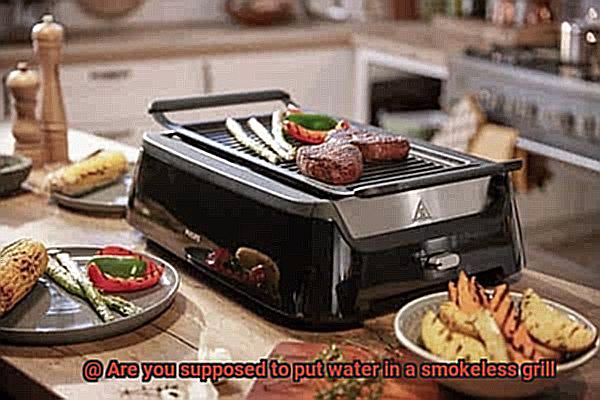
Gas smokeless grills, on the other hand, are typically easier to start and control the temperature, making them a popular choice for beginners. They use propane or natural gas as the fuel source but lack that classic smoky flavor that charcoal grilling provides. However, it’s important to note that adding water to a gas grill is not necessary and could even be dangerous. The hot surfaces of a gas grill could crack or shatter when they come in contact with water, creating a potential safety hazard. Instead, make sure to clean out any excess grease or debris from the drip tray regularly to prevent flare-ups.
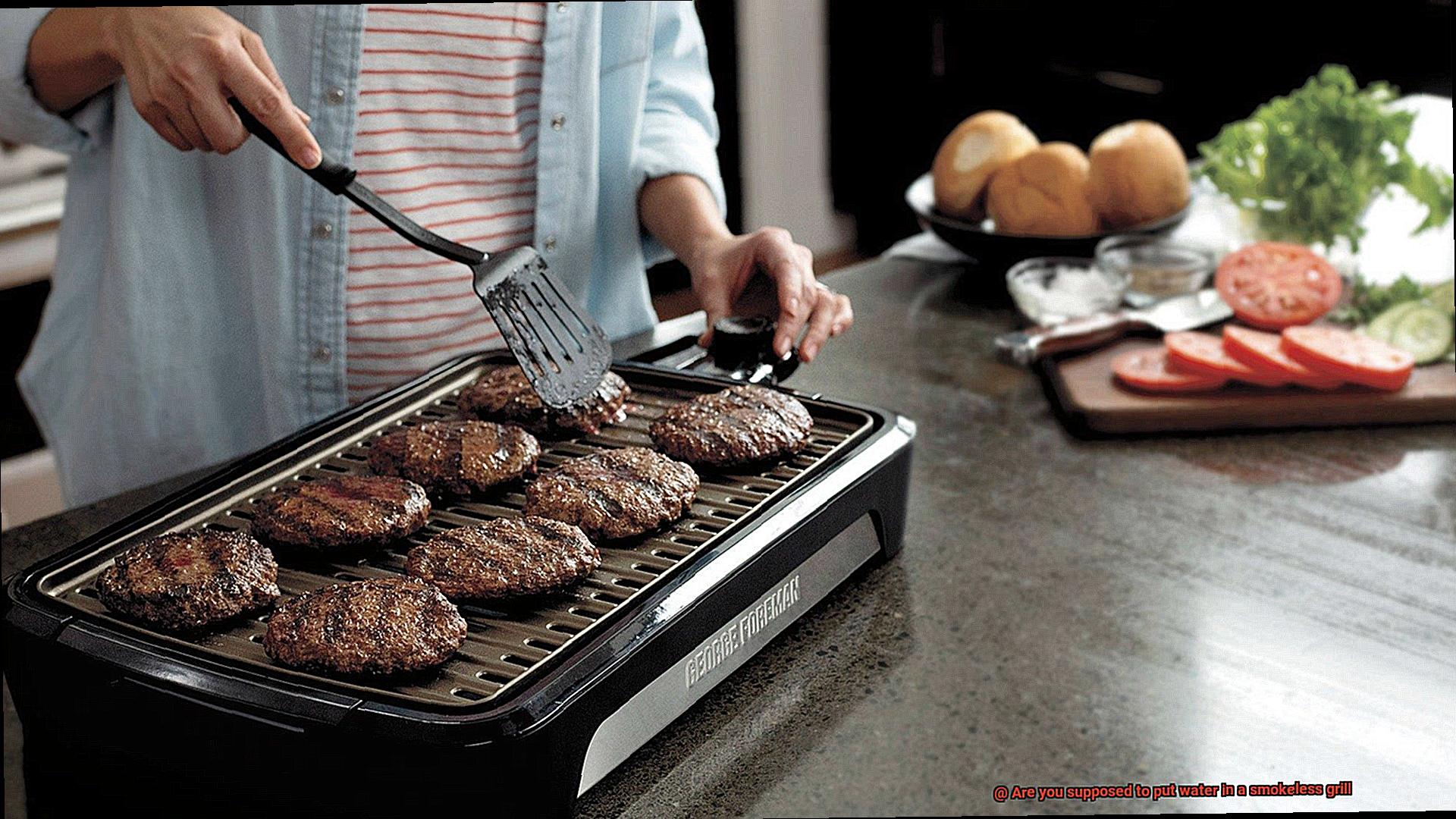
Regardless of whether you choose charcoal or gas, it’s essential to follow the manufacturer’s instructions for proper use and maintenance. This includes cleaning your grill after each use and checking for any leaks in the gas lines if using a gas grill.
How To Put Water In a Smokeless Grill
A smokeless grill might be the solution you need. However, if you’re new to using this type of grill, you may wonder whether to add water or not. The answer is yes, and this article will explain how to put water in a smokeless grill.
Read the manufacturer’s manual to determine if your smokeless grill requires water. If it does, check if it has a built-in water tray or reservoir. If your grill doesn’t have a built-in tray, then use a shallow metal or aluminum pan filled with water and place it on the bottom of the grill before cooking.
It’s important not to add too much water because too much moisture can cause steam and affect the cooking process. A good rule of thumb is to add about 1-2 cups of water, depending on how long you plan to cook your food.
Once you have added the water to your smokeless grill, preheat it for around 10-15 minutes before placing any food on it. This will help distribute the heat evenly and ensure your food cooks properly.
It’s worth noting that not all smokeless grills require water, and some may have different methods for reducing smoke and preventing flare-ups. Be sure to check your manufacturer’s instructions before adding any water.
Lastly, use clean, fresh water every time you fill the tray. This helps prevent bacterial growth and ensures safe and effective cooking.
Pros and Cons of Putting Water In a Smokeless Grill
One question that frequently arises is whether or not to add water to the grill. In this post, we will explore the pros and cons of using water in your smokeless grill.
Firstly, let’s discuss the benefits of adding water. One major advantage is that it helps reduce smoke production during cooking. This makes it ideal for indoor grilling without setting off smoke alarms or irritating your eyes. Secondly, water in the drip tray helps prevent grease and food particles from sticking to the bottom of the grill, making it a breeze to clean up after use. And lastly, when cooking meat, adding water can help retain moisture and prevent them from drying out, resulting in juicier and more flavorful meals.
However, there are also some downsides to consider. If you add too much water or place food directly over it, you might end up with a steaming effect instead of a grilled taste. This could affect the flavor and texture of your food. Additionally, water in the drip tray can cause temperature fluctuations in the grill, which could impact cooking times and results. Lastly, spilling water accidentally while adding it to the drip tray could potentially damage the heating element or electrical components of your grill.
In conclusion, adding water to your smokeless grill can be beneficial or disadvantageous depending on your desired outcome and cooking preferences. It’s crucial to experiment with how much water to add and where to place it on the drip tray to achieve optimal results. To summarize:
Pros:
- Reduces Smoke
- Easy Cleanup
- Moisture Retention
Cons:
- Steaming Effect
- Temperature Fluctuation
- Risk of Spilling
Alternatives to Putting Water In a Smokeless Grill
There are plenty of alternatives to keep your food moist and prevent flare-ups without using water. As an expert, I’m excited to share some creative and delicious ideas with you.
First on the list is non-stick cooking spray. A quick spritz on the grill grates before cooking will keep your food from sticking and reduce the chances of flare-ups. Want to add some extra flavor? Use a silicone brush to apply oil directly to the grates.
If you’re looking for something more exciting than oil, try using a marinade or rub on your food. Not only will it add flavor, but it will also help retain moisture during cooking. You could even wrap your food in foil or use a grill basket to prevent drippings from causing flare-ups.
For those of you who have fancy smokeless grills with removable drip trays, consider filling them with wine, beer, or broth instead of water. These liquids will add a delicious depth of flavor to your food without the risk of steaming. Plus, it’s a great way to use up any leftovers.
1C0RNNIct4k” >
Conclusion
In summary, smokeless grilling provides a convenient and hassle-free way to enjoy delicious grilled food. However, the question of whether or not to add water to your smokeless grill can be a bit confusing. While some experts recommend it for reducing smoke and keeping your food moist, others caution against potential damage to the heating element.
It’s worth noting that not all types of smokeless grills require water. Electric grills typically don’t need it, while charcoal and gas grills may benefit from a small amount in the drip tray. If you do decide to use water, make sure to use clean, fresh water and avoid overfilling the tray. Experiment with different amounts and tray placement for optimal results.
On the other hand, if you prefer not to use water in your smokeless grill, there are plenty of alternatives available. Non-stick cooking spray, marinades or rubs on your food, or using wine or broth in the drip tray are all excellent options for keeping your food moist and preventing flare-ups.
Ultimately, whether or not you choose to add water depends on personal preference and the type of smokeless grill you have.

